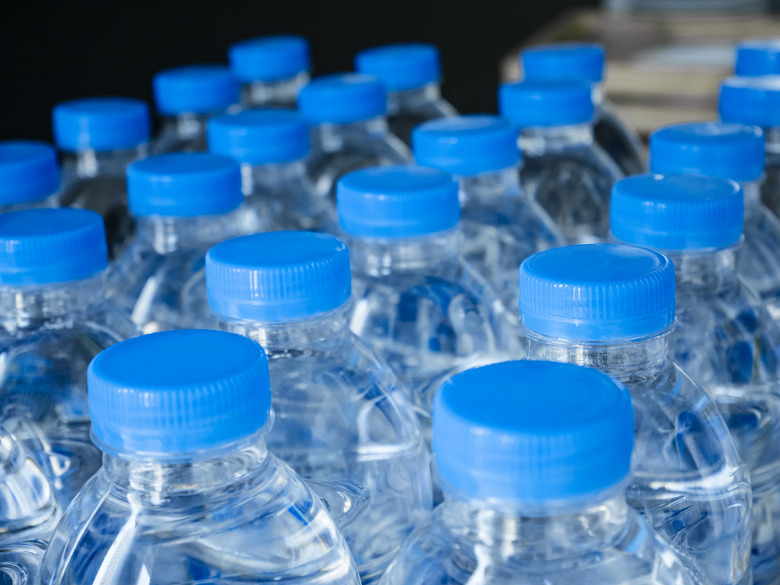What Is A Thermoplastic Polymer?
One of the most widely recognizable real-world applications of chemistry is the development of plastics. From life-saving medical devices to the tupperware containers you use to hold your leftover casserole, plastics are all around you. One type of plastic is particularly well known for its versatility and recyclability: thermoplastic polymers.
TL;DR (Too Long; Didn't Read)
Thermoplastic polymers form when repeating units called monomers link into chains or branches. Because they soften when heated, thermoplastic polymers are easy to mold into a variety of shapes and also lend themselves to recycling. Common uses for thermoplastic polymers include the fabrication of pipes, ropes, belts, insulators and adhesives.
What Is a Polymer?
What Is a Polymer?
A polymer is simply a material composed of many repeated units called monomers that link together into chains or branches. Some polymers like starch, cellulose and rubber occur naturally while others like polyester, nylon and plastic are synthetic.
What Makes Thermoplastic Polymers Special?
What Makes Thermoplastic Polymers Special?
The monomers that make up thermoplastic polymers come together via electrical bonds called van der Waals forces that weakly attract neutral molecules to each other. These repeating units arrange themselves in such a way that thermoplastic polymer molecules look like many strands of pearls mixed together.
Because their bonds are weak, thermoplastic polymers readily soften when heated, allowing manufacturers to mold them into a wide range of shapes, then resoften them and mold them again. This ability to reuse thermoplastic polymers indefinitely means they are highly recyclable.
Other benefits of these polymers include excellent strength and a tendency to resist shrinking. On the other hand, thermoplastic polymers do have a few drawbacks, including high production costs and the fact they melt easily, which renders them inappropriate for some high temperature applications.
What Are Some Common Thermoplastic Polymers?
What Are Some Common Thermoplastic Polymers?
There are actually many types of thermoplastic polymers, which are unique in form and function. Manufacturers often use high pressure polyethylene to encapsulate rigid objects like electrical equipment. Low pressure polyethylene is very elastic and ideal for insulating electrical cables. Polyamide is most commonly associated with the production of ropes and belts. Perhaps the most readily recognizable thermoplastic polymer is polyvinyl chloride, or PVC, which readily molds into pipes, containers and insulation materials. Finally, some adhesives are thermoplastic polymers, including acrylates, cyanoacrylates and epoxy.
While thermoplastic polymers come in a wide range of formats and serve many unique purposes, the basic features of these materials remains the same: high versatility and recyclability. When it comes to chemistry applications in the real world, you would be hard-pressed to find a better example than the production of plastics, including thermoplastic polymers.
Cite This Article
MLA
Mayer, Melissa. "What Is A Thermoplastic Polymer?" sciencing.com, https://www.sciencing.com/thermoplastic-polymer-5552849/. 30 April 2018.
APA
Mayer, Melissa. (2018, April 30). What Is A Thermoplastic Polymer?. sciencing.com. Retrieved from https://www.sciencing.com/thermoplastic-polymer-5552849/
Chicago
Mayer, Melissa. What Is A Thermoplastic Polymer? last modified March 24, 2022. https://www.sciencing.com/thermoplastic-polymer-5552849/
